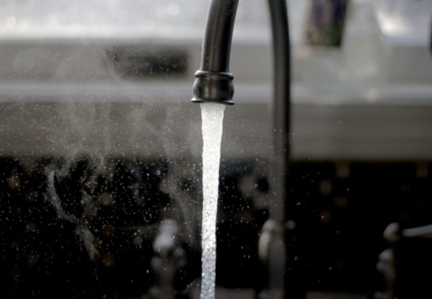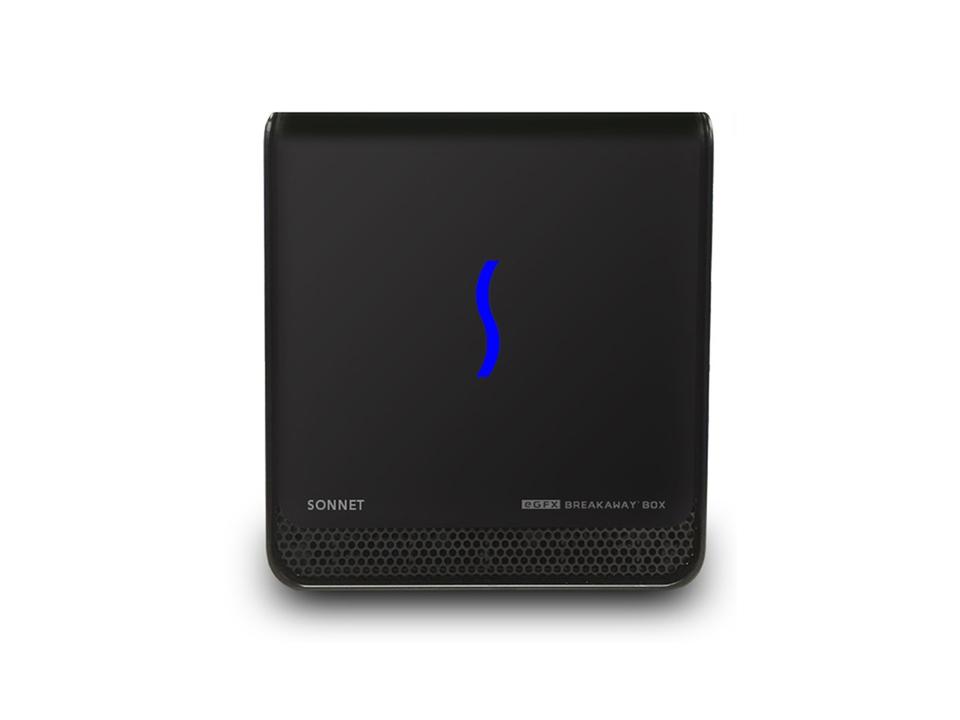Why Is My Faucet Water Cloudy? Uncover the Causes

Hundreds of households grapple with cloudy faucet water every day. This perplexing phenomenon can be both frustrating and concerning. Cloudy water doesn’t just look unappetizing; it can sometimes signal underlying issues with your water supply. If you’ve ever found yourself asking, “Why is my faucet water cloudy?”—you’re not alone. By understanding the root causes, homeowners can effectively tackle this problem and ensure their tap water remains clear and safe. This blog dives deep into the various reasons why your faucet water might appear cloudy, offers diagnostic tips, and provides actionable solutions to restore clarity.

What Causes Cloudy Faucet Water?
Air Bubbles Due to Water Pressure Changes
One of the most common culprits behind cloudy water is air bubbles. These bubbles often result from changes in water pressure. When pressurized water exits the tap, it can release dissolved air, causing a milky appearance that usually clears up in a few minutes. If cloudiness diminishes after a short period, air bubbles are likely the cause.
High Mineral Content in Hard Water Areas
In regions with hard water, high mineral content, particularly calcium and magnesium, can lead to cloudiness. When these minerals dissolve in water, they can form tiny particles that scatter light, creating a hazy effect. Households using well water often experience this, especially during periods of heavy use at home or in nearby areas.
Sediment or Particles from Aging Pipes
Older plumbing systems might carry sediment or rust particles, especially if the pipes are corroded. This sediment can cloud the water, making it look dirty. The extent of sediment can vary, but it’s essential to address this as it may affect water quality and taste, besides the unsightly appearance.
Methane Gas Presence in Well Water
Methane, a natural gas, can sometimes be found in well water supplies. This gas can cause the water to appear cloudy or fizzy. If your home uses well water and the cloudiness is persistent, methane could be the issue. Methane doesn’t necessarily pose a health risk but requires proper handling to ensure safety.
Cold Temperatures Leading to Cloudiness
Water temperature can influence cloudiness. Cold water can hold more oxygen; when it warms up as it travels through your home’s pipes, the oxygen is released as bubbles, causing a cloudy appearance. This cloudiness is typically temporary and clears up as the water warms or sits.
How to Diagnose the Cause of Cloudy Water
Observing If Cloudiness Clears After Sitting
A simple yet effective method to identify air bubbles is to fill a clear glass with cloudy water and let it sit. If the water becomes clear after a few minutes, air bubbles were likely the cause. This is a quick way to rule out or confirm air as the influencing factor.
Noting If Cloudiness Occurs with Hot or Cold Water
Observe whether the cloudiness occurs with hot water, cold water, or both. If it’s present only with hot water, it may indicate a problem with your water heater or the temperature-induced release of dissolved gases. If it’s present with both, the issue might be more systemic in nature, like with the overall water supply or distribution network.
Checking for Cloudiness in All Faucets or Specific Ones
Test water from multiple faucets around your home. If cloudiness is consistent across all outlets, the issue might be with the main water supply. However, if only specific faucets are affected, the problem could lie within the immediate plumbing leading to those fixtures, such as localized sediment buildup or aged pipes.

Effective Solutions to Clear Cloudy Faucet Water
Letting Water Sit to Dissipate Air Bubbles
If air bubbles are the culprit, the simplest solution is to let the water sit until the bubbles dissipate. This approach is quick and easy, requiring no additional resources, ensuring you get clear water with minimal hassle.
Installing Water Softeners for Hard Water
For homes in hard water areas, a water softener can help reduce mineral content. By replacing calcium and magnesium with sodium or potassium ions, water softeners prevent these minerals from binding and forming cloudy particles. This leads to clear and better-tasting tap water.
Flushing Pipes to Remove Sediment
Regularly flushing your home’s pipes can help remove built-up sediment. Professional plumbers can perform this service, ensuring the entire plumbing system is free from debris that may cause water cloudiness. This not only improves water clarity but can also extend the lifespan of your pipes.
Using Water Filtration Systems
Installing high-quality water filtration systems can effectively remove impurities, including sediments and certain gases. Filters tailored to your specific water supply needs can ensure that your water stays clear and safe. Regular maintenance and replacement of filters are essential for optimal performance.
Consulting Professionals for Persistent Issues
If cloudiness persists despite these interventions, it’s crucial to seek help from water quality professionals. Experts can conduct thorough testing, diagnose underlying issues, and recommend tailored solutions, ensuring that you resolve the problem efficiently and effectively.
When to Seek Professional Help
Persistent Cloudiness Despite Home Remedies
When home solutions fail to clear up cloudiness, it’s time to call in professionals. Persistent cloudiness could indicate more complex issues that require expert diagnosis and intervention.
Unusual Tastes or Odors Accompanying Cloudiness
If your cloudy water also has an unusual taste or odor, it might be more than just air bubbles or minerals. Such symptoms could indicate contamination, necessitating immediate professional investigation to ensure safety.
Cloudiness Across Entire Household Water Supply
Consistent cloudiness throughout all faucets can signal a problem with the main water supply line. Professional assessment can help identify if the issue is municipal or within your home’s plumbing system, ensuring you receive appropriate corrective action.
Conclusion
Why is my faucet water cloudy? Cloudy faucet water, while common, can stem from various causes ranging from simple air bubbles to more complex issues like mineral content or aging pipes. By understanding these causes, employing diagnostic tricks, and using effective solutions, you can ensure the clarity and safety of your tap water. If problems persist, don’t hesitate to seek professional help to maintain your water quality.
FAQ
Is Cloudy Faucet Water Safe to Drink?
Often, cloudy water due to air bubbles or mineral content is not harmful. However, if the cloudiness persists or is accompanied by unusual tastes or odors, it’s wise to get the water tested to ensure safety.
Can Cloudy Water Indicate Plumbing Issues?
Yes, cloudiness can suggest plumbing issues such as sediment buildup, rusted pipes, or even the presence of gases in well water. It’s important to diagnose and address these problems to maintain water quality.
How Often Should I Maintain My Water Filtration System?
Regular maintenance of your water filtration system is crucial. Most systems require filter changes every 6 to 12 months, depending on the manufacturer’s guidelines and the water quality. Always adhere to the specific maintenance schedule for optimal performance.




